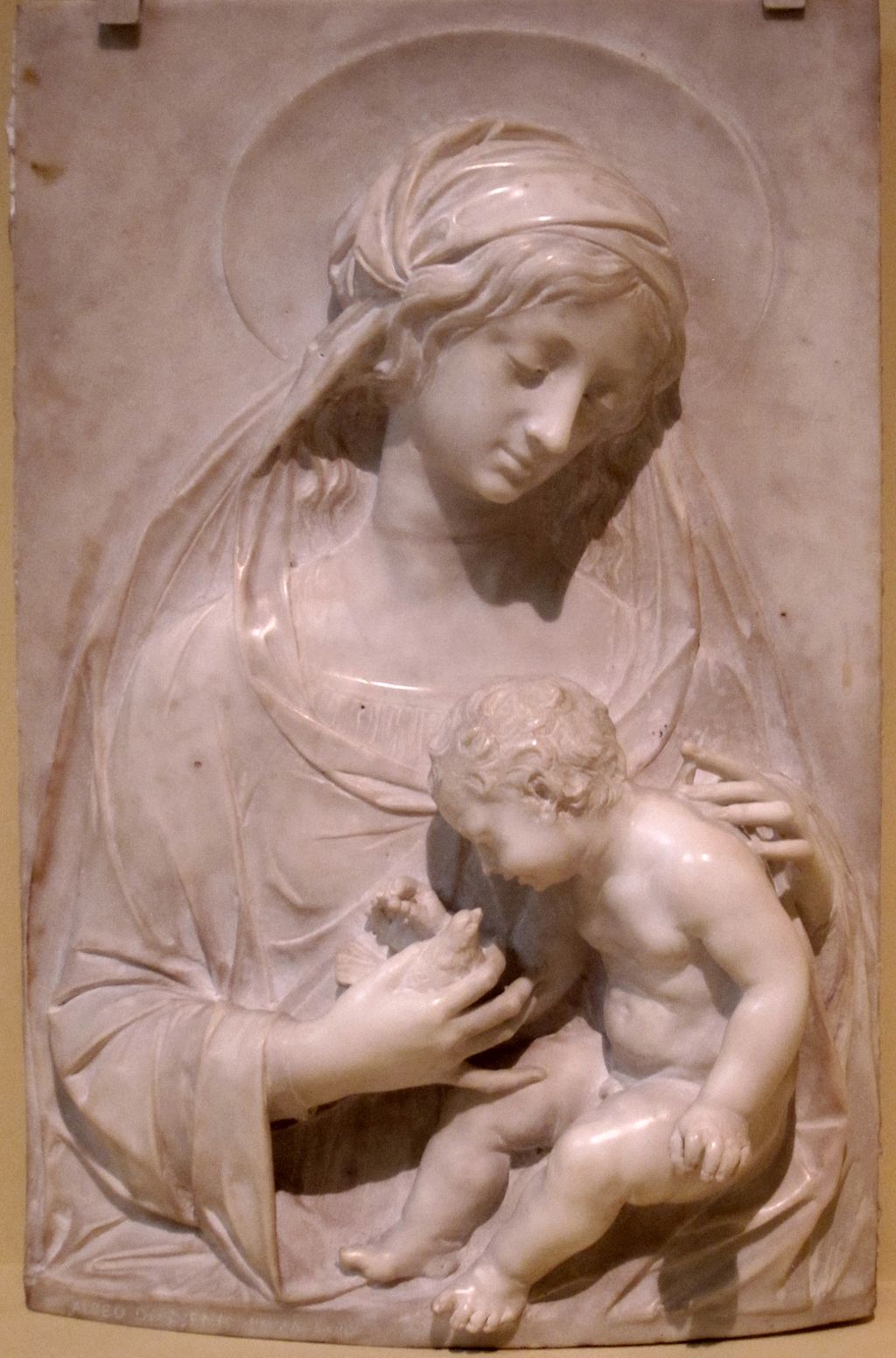Alceo Dossena was an accomplished sculptor, born in Cremona in 1878. He became so skilled at replicating the styles of medieval and Renaissance masters such as Giovanni Pisano and Donatello that he spent almost his whole career engaged in forgery, producing countless works that were passed off as the work of great artists.

Dossena’s work found a particular market in the USA in the 1920s, as the jazz age blossomed and newly wealthy Americans sought to acquire great European cultural works. He was eventually discovered in 1928, when Helen Clay Frick – heir to the fortune of steel tycoon Henry Clay Frick – bought a statue ostensibly by 14th-century artist Simone Martini that was discovered to be a Dossena forgery.
It turns out, though, that Dossena was far from a criminal mastermind. He had no idea that his works were being sold for thousands as forgeries; he was being paid a pittance for commissions by his agent, Alfredo Fasoli, who then made extraordinary sums by selling the works to museums and collectors. Dossena successfully defended himself against charges of forgery, and was awarded compensation.
His subsequent efforts to forge a career, rather than masterpieces, failed. Critics and collectors were less interested in his works when they carried his own name. He died, poor but innocent, in Rome in 1937.